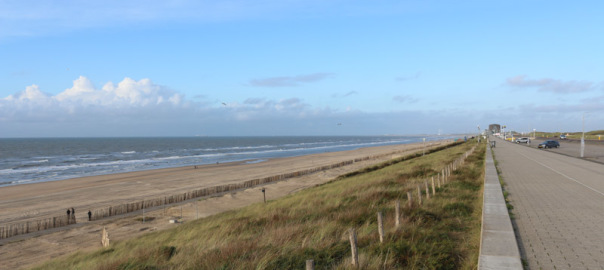“God created the earth, but the Dutch created the Netherlands.” This saying describes a bit the magnitude of how the Dutch literally built their country in the middle of the waters, for a large part below the sea level. This is an amazing feat of engineering. It all started centuries ago but still needs constant work every day to make sure that what has been won from the sea and rivers is not immediately lost again.
There is an older song from the Nits, called In the Dutch Mountains. It includes the following text:
I was born in a valley of bricks
Where the river runs high above the rooftops.
Wood is a scarce resource in the Netherlands. Especially after centuries of heavy shipbuilding. Stones are also not easily found since there are no mountains. This is why bricks are one of the most common building materials.
The rivers are often higher than the surrounding area. Gigantic drainage systems are used to move water from the newly gained lands to the sea. Since the land is usually below the sea level, it is required to pump the water up to these drainage canals or rivers that can then be six or seven meters above the surrounding ground.

The above picture shows how a polder is created by building dyke around it. Small canals then collect the water and bring it to the (windmill) pumps. The pumps then transport the water up to higher canals.
The Netherlands have been able to claim a lot of land from the seas. About one third of the country is below sea level.
https://www.youtube.com/watch?v=neIsewtN9QQ
The above video is a fast forward time-lapse of my drive from Bergen Aan Zee over the Afsluitdijk to the ferry port of Holwerd in the very North. There is nothing really exciting in that video. You will however note that there is not even one hill to be seen anywhere. And you can see that there is literally a canal or dyke every few meters.
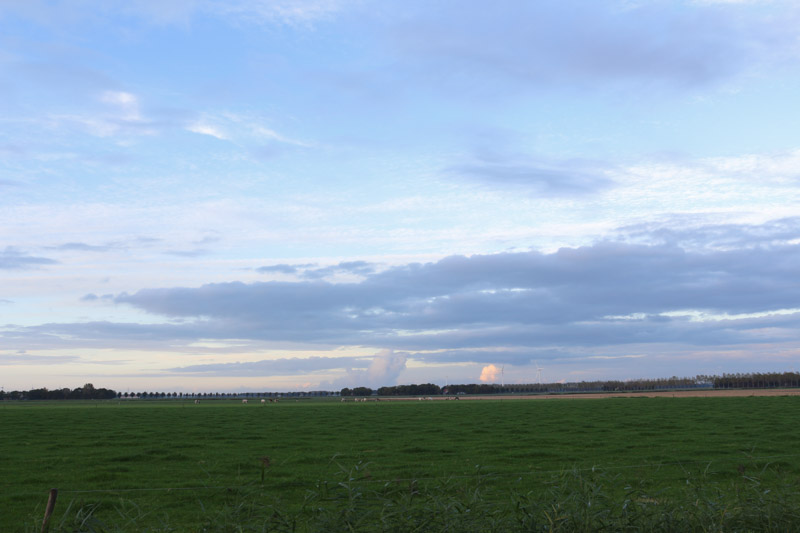
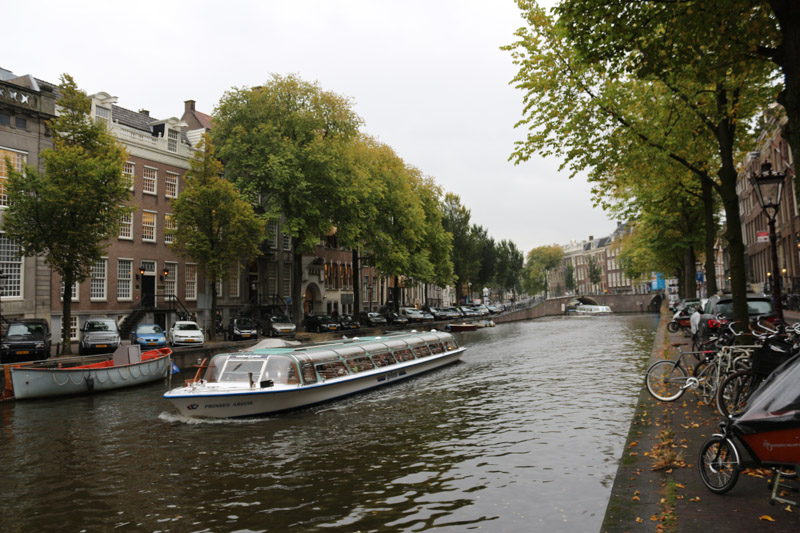
The Netherlands have started building polders and slowly draining the water already centuries ago. The invention of the steam engine and the development of heavy earth moving machinery has accelerated this tremendously over the past 100 years.
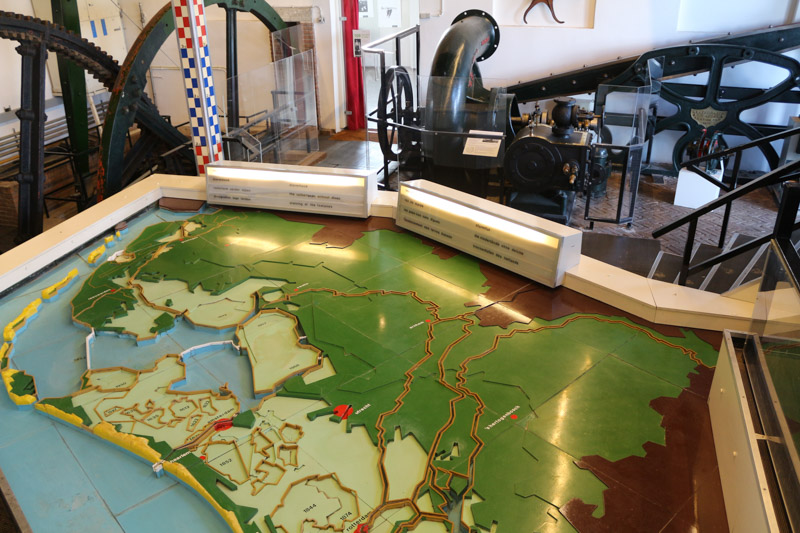
An example is the Cruquius pump station. It is thought to be the largest steam engine – and certainly the largest beam engine – ever built. Starting in 1850 is was used to pump water out of the Haarlem lake. This former lake is now land. Originally it was used for farming. Nowadays many new houses of cities like Leiden and even the airport of Amsterdam are in this area that is several meters below the sea level.

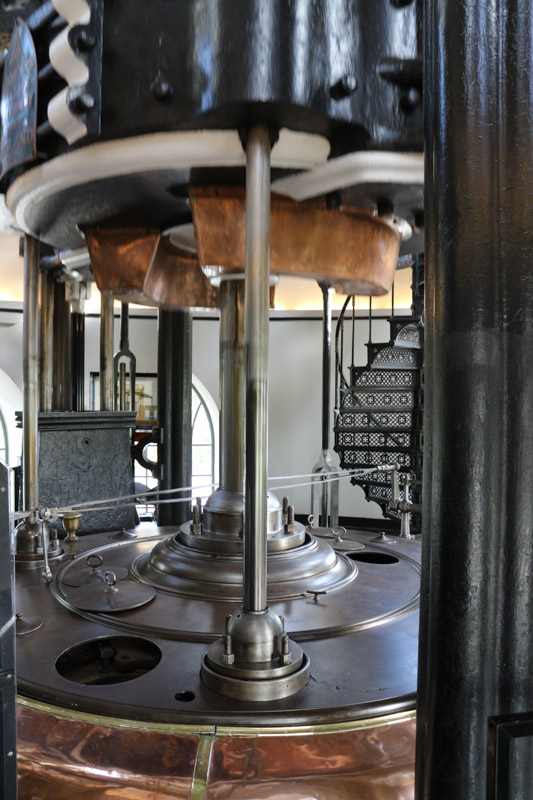
Anther example is the ir. D.F. Woudagemaal pumping station – one of the largest steam powered pumps in the world. On October 7, 1920 Queen Wilhelmina opened the pumping station. It was built to pump excess water out of Friesland, a province in the north of the Netherlands. In 1967, after running on coal for 47 years, the boilers were converted to run on heavy fuel oil. It has a pumping capacity of 4,000 m³ per minute.

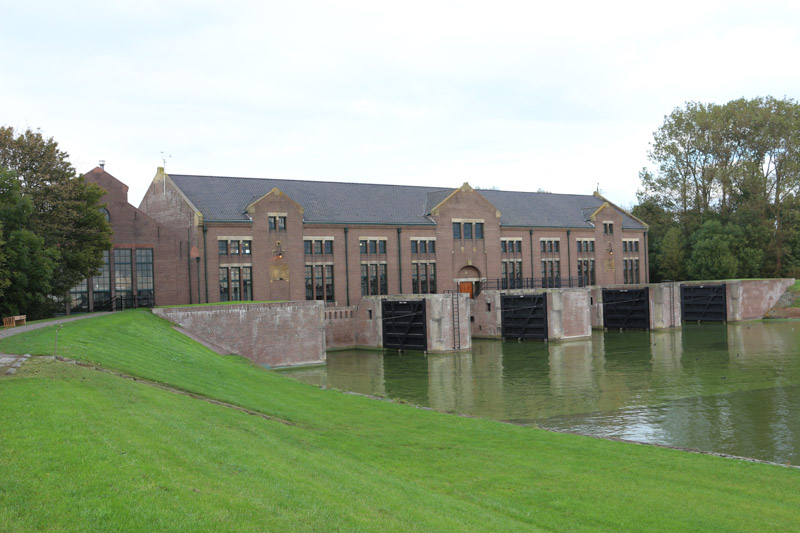
Later projects became even bolder and bigger. Amazing is for the example the Zuiderzee Works in the North. It created the IJsselmeer and 1650 km² of land. More recent is the Delta Works project in the South of the Netherlands.
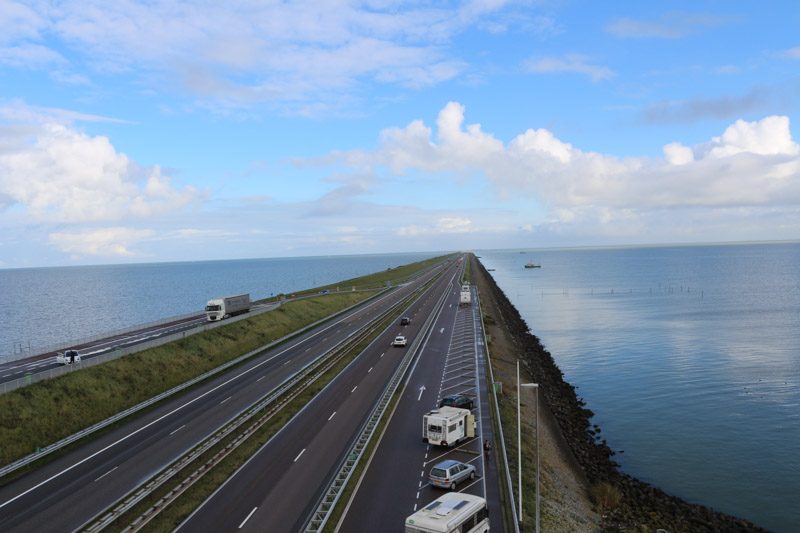
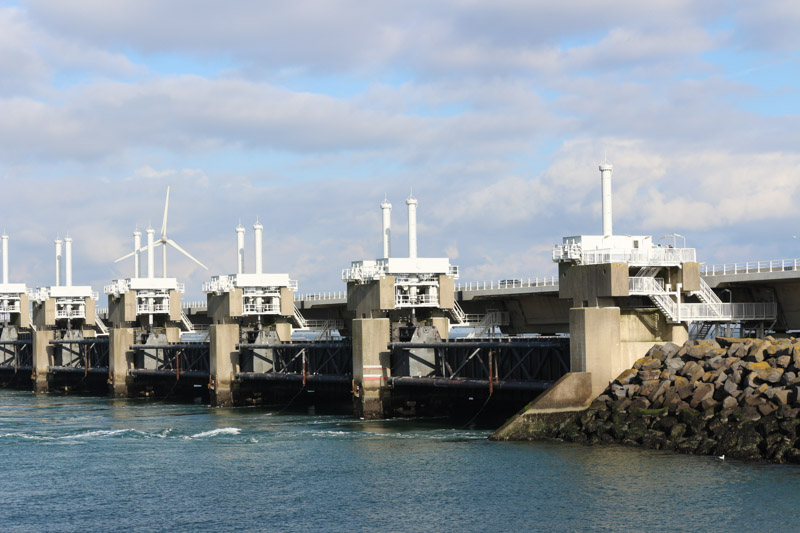
All these projects are truly wonders of engineering. What should not be forgotten is that they need constant work to maintain them. Pumps need to run almost every day. Dykes have to be repaired, drainage canals cleaned. So it is the Dutch version of the Chinese Wall. It is not meant as a protection against invading barbarians. Instead it protects millions of people from the powers of the sea.
https://www.youtube.com/watch?v=aUqrBV4SiqQ
